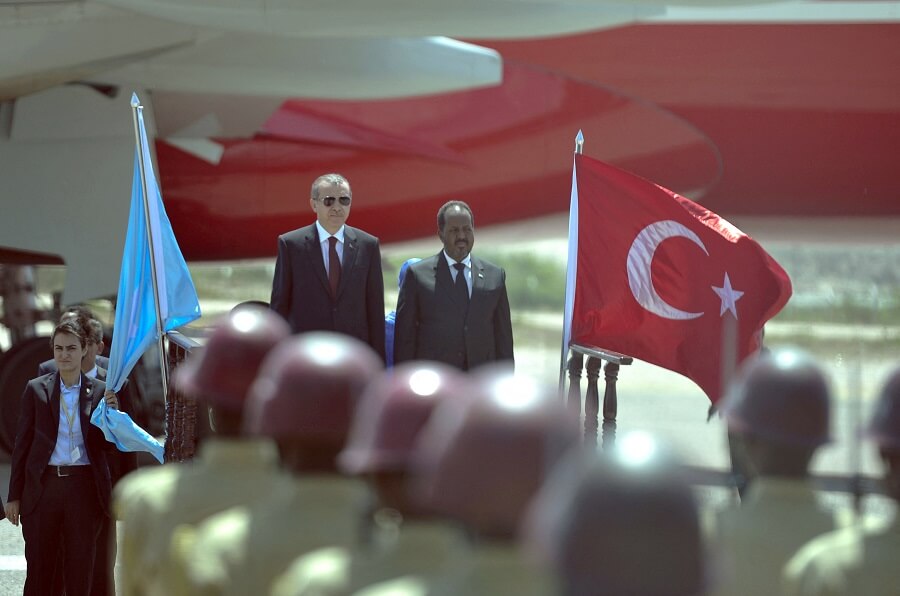Charleston and the war that never ends
Though it ended 150 years ago, the bitterness caused by the American Civil War continues to reverberate; why has so little changed when so much has changed?,our U.S. correspondentTomas Mega asks
On the evening of June 17th, twenty-one year old Dylan Roof walked into the historic Emmanuel African Methodist Episcopal church in Charleston, South Carolina and murdered six black women and three black men. Mr. Roof is white. After being welcomed and participating in a prayer group for an hour, he pulled out a Glock45-calibre handgun and methodically began shooting, reloading his weapon multiple times. He is alleged to have said, “I have to do it. You rape our women and you are taking over our country. You have to go.”
Mr. Roof fled the church and was captured in neighbouring North Carolina the next day. It wasn’t long before unsettling images of him appeared in the media. In one, he is wearing a jacket brandishing the apartheid era flags of South Africa and the former Rhodesia. In another, he is holding the Confederate battle flag, the familiar “southern cross,” generally recognized as a symbol of America’s south and its war for succession from the United States. Mr. Roof’s motive appears to be racism. He has stated to police that he wanted to start a race war.
Though it ended 150 years ago, the bitterness caused by the American Civil War continues to reverberate. The war raged for four years (1861 – 1865) and took on many names, The War between the States and the War of Northern Aggression being two. In terms of human and emotional costs, no war in America’s history has proved so devastating, and no war has proved to be more divisive to Americans. What started out as a bitter feud over Federal autonomy and states-rights, ended with a new definition of what freedom in America really meant. Slavery, which had existed in America since British colonial times, was abolished.
Four years is not long for a war, at least by American standards.The second Iraq war lasted eight (2003 – 2011), the war in Afghanistan is approaching fourteen (2001 – present) and the ostensible War on Terror is likely to continue forever. However, in terms of lives lost, no war in American history was more savage. During those four years, nearly three million men fought in the Civil War and six hundred-thousand, or 2 percent of the American population of that time, perished fighting it.
Slavery was abolished in 1865, but it tookan additional ninety-nine years before the Federal Civil Rights Act became law (1964). But laws don’t eliminate thought. They never have. Society trusts that citizens will obey laws, but laws provide scant assurance as to what people think. The endurance of the Confederate battle flag in America, a symbol of pride for some and a representation of hate for many, attests to this. Today, the Confederate battle flag remainspart of the state flag of Mississippi. Georgia also displayed it on their flag until 2001. Alabama and Florida still have recognizable variations of the ‘southern cross’ as part of their state flags and South Carolina and Alabama flew the Confederate battle flag at their state capitals until the recent Charleston massacre. Purchasing a Confederate battle flag at your local Wal-Mart was easy. The Confederate battle flag is ubiquitous in America. Reminders of the Civil War are everywhere. In the last 150 years, why has so little changed when so much has changed?
To many Southerners, losing the Civil War was an end to their way of life, an end imposed upon them. Humans, by their very nature, don’t adjust well to that. It’s easy and perhaps too convenient to say it’s all about racism and while skin color tends to define racism, it’s more than that. It’s religious, ethnic, cultural, class, tribal, social and economic.
Americans are not alone in their racism.Millions have died across the planet, and still do, because of one group of people wanting to dominate others who share the same land, the same borders, the same resources, the same cities and towns, the same streets. Neighbors fighting neighbors, because of their religion, their tribe, their language, their class, their color, their politics and their wealth or lack of it.
There is much anguish in America over our racism. It wasn’t supposed to be like this. We are a country of immigrants, people always came here to escape whatever prejudice, discrimination, racism and suppression they experienced elsewhere. YetAmericans went to great lengths to subjugate Native Americans,who were here long before the first European arrived. We brought slaves from Africa to work on our farms and plantations. Our Declaration of Independence asserts,“All men are created equal,”except, of course, if you were a slave. Thomas Jefferson, who wrote those words, owned 200 slaves and never set them free. Even the Statue of Liberty confuses us. Engraved on it are the words: “Give me your tired, your poor, your huddled masses yearning to breathe free, the wretched refuse of your teeming shore. Send these, the homeless, tempest-tossed to me.” Maybe Emma Lazarus, who authored those words, should have added, “As long as they look and act like the rest of us.”
Clearly not all Americans are racist haters, but ending racism is like ending poverty: They are both valiant goals for a peaceful and prosperous human race, yet they both have existed since men and women first set foot on Earth. So far, the human race has ended neither. At least what happened in Charleston has Americans discussingperceived symbols of hate, like the Confederate battle flag. Removing symbols is good, but altering hearts and minds cannot be legislated. That is a far greater challenge for people, Americans and others. That transformation, like the American Civil War, is likely to persist for some time.







